Last updated on February 10th, 2025 at 04:35 pm
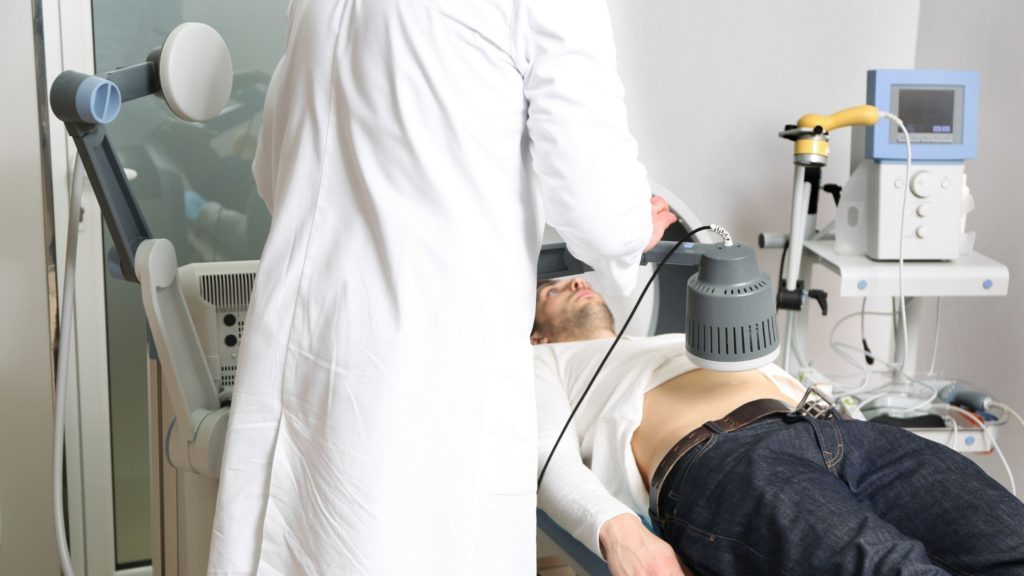
- Shortwave diathermy is a form of electromagnetic wave used to heat deeper tissues for therapeutic purposes.
- It is often used for musculoskeletal pain, including frozen shoulder, knee osteoarthritis, and chronic back pain.
- Shortwave diathermy can produce thermal effects even in the deeper tissues, so it can help treat deep-seated pain.
- There are two types of shortwave diathermy: Continuous Short Wave Diathermy (C-SWD) and Pulsed Short Wave Diathermy (P-SWD).
- Continuous Short Wave Diathermy has a heating effect than pulsed, so it is generally used for its thermal effects, whereas pulsed short-wave diathermy is for athermal effects.
Short wave diathermy is an electromagnetic wave used to heat deeper tissues for therapeutic purposes. This treatment is often used for musculoskeletal pain, including frozen shoulder, knee osteoarthritis, and chronic back pain.
Shortwave diathermy utilizes units to generate electromagnetic waves, which are then applied to the affected areas of the body using pads. Understanding how this machine operates electromagnetic waves to cure painful conditions, such as low back pain and frozen shoulder, would be insightful.
In this article, we will learn about shortwave diathermy, its working principle, indications, contraindications, and effects.
What is short-wave diathermy?
The short form of short wave diathermy is SWD, which is the term we commonly use in our clinical practice. Diathermy is a form of electromagnetic wave generation with variable frequency. According to the frequency range, we can categorise it as either microwave or shortwave1.
We will come to its frequencies later in this article, but you might wonder if there are already so many other heating agents present, why shortwave diathermy?
We have other heating devices in our physiotherapy, i.e., infrared lamps, hydroculture, electric heating pads, hot fomentation, etc., but all these can give thermal effects only at the superficial level. The heat is capable of penetrating only up to the subdermal level.
This causes discomfort and a burning sensation over the skin long before adequate heat has penetrated the deeper tissues. However, shortwave diathermy can produce thermal effects even in the deeper tissues, so it can help treat deep-seated pain.
A typical SWD machine has a central unit with all the components and controls. It has a power on and off switch, timer, knob to control the intensity and tuner for tuning two electrodes.
This unit has two outputs connected to pads or discs with a thick wire. The pads/ disc is placed over the patient’s body for treatment. Depending upon convenience, one may use either a disc or a pad.
Frequency of short wave diathermy, its application
Shortwave diathermy uses a frequency range of 3 and 30 MHz2. However, it typically uses a frequency of 27.12 MHz and a wavelength of 11 meters. Such high-frequency currents do not stimulate motor or sensory nerves or produce muscle contraction.

Pulsed vs Continuous Shortwave diathermy
Shortwave diathermy is also described as either continuous shortwave diathermy (CSWD) or pulsed shortwave diathermy (PSWD)2.
Continuous short-wave diathermy (cSWD) has a heating effect than pulsed, so it is generally used for its thermal effects, whereas pulsed short-wave diathermy (pSWD) is for athermal effects2.
Continuous Short Wave Diathermy (C-SWD) and Pulsed Short Wave Diathermy (P-SWD) are two different forms of electromagnetic radiation used in physical therapy for pain relief and tissue healing.
While both C-SWD and P-SWD use high-frequency electromagnetic waves, there are some key differences between the two. Here are some more details about these differences in bullet points:
Continuous Short Wave Diathermy (C-SWD):
- Delivers a constant stream of electromagnetic energy to the affected area.
- It provides deep heating to the tissues and promotes blood flow.
- Used for sub-acute and chronic conditions like arthritis, bursitis, and tendonitis- Can increase tissue temperature by up to 4 degrees Celsius.
- Treatment duration ranges from 20 to 30 minutes.
Pulsed Short Wave Diathermy (P-SWD):
- Delivers electromagnetic energy in short pulses to the affected area.
- It provides a more superficial heating to the tissues and promotes healing.
- Used for acute conditions like sprains, strains, and bruises.
- Does not increase tissue temperature significantly.
- Treatment duration ranges from 5 to 15 minutes.
Understanding the procedure and equipment involved in diathermy treatment
Diathermy involves the generation of oscillating electromagnetic fields, which consist of both electrical and magnetic fields, in the tissues of our body through which it passes 1.
When the electromagnetic field is utilized, the current is conducted to the patient through a heavy, very flexible, insulated cable used as the electrode. It is coiled about or around the part to be treated.
The electric field is applied by means of condenser pad electrodes or cuff electrodes that encircle the part to be treated. The so-called air space electrodes are made of metal contained in glass, bakelite, or rubber.
The condenser pad electrode consists of a flexible metal plate between two layers of flexible rubber, which prevents the current from arcing from the metal to the patient’s skin. Various machines have different-sized electrodes.
The cuff electrodes are similar to the condenser pad electrodes except for their size, which ranges from three to nine inches in width and two to forty-eight inches in length.
The usual and accepted length of time for a treatment with short-wave diathermy is twenty to forty minutes. In short-wave diathermy, the dose or intensity of the current is determined mainly by the patient’s tolerance.
Electrode placement for SWD
The two outputs of the SWD machine are connected to the metal electrode via a thick cable. These metal electrodes, called PADS, are covered by rubber padding and used to position the body directly over the treated region.
The electrodes are never kept now in contact with the skin. Usually, we insert a layer of towel between the pad and the body’s surface or maintain 1 to 2 inches of distance from the skin
When applied to the body, they encircle the part to be treated. The air space electrode is made of a circular disk adjusted within a special glass container or encased with hard or soft rubber. It is made so that the electrodes can be placed within any desired distance of the skin.
The metal pads act as two plates, and the body tissues act as the capacitor’s dielectric between them. When a radiofrequency output is applied to the pads, the dielectric losses manifest as heat in the intervention tissue. There are two methods of using pads: contraplanar and coplanar.
1. Contraplanar electrode placement

In certain electrotherapy treatments, a contraplanar arrangement uses two electrodes on two different planes. This arrangement is called contraplanar because the electrodes are placed in opposite planes. The positioning of the electrodes is such that they sandwich the body part being treated between them.
Consider the knee joint, for instance. In this case, two pads are placed on either side of the knee joint, as shown in the figure below. This allows for a more targeted and localized treatment, as the electrical impulses are delivered directly to the affected area.
The contraplanar arrangement is a commonly used technique in electrotherapy. It is often employed to treat musculoskeletal disorders, chronic pain, and related conditions.
2: Coplanar method of SWD


Coplanar electrode placement refers to placing electrodes on the same plane. This arrangement is often preferred when treating larger body parts, such as the lower or upper back.
However, it is essential to note that the electrodes should not be placed too close together when using coplanar electrode placement. This is because the wave path does not penetrate deeper into the tissues when the electrodes are too close.
An optimum distance between the electrodes is recommended to achieve the best results.
In summary, coplanar electrode placement can effectively treat more significant body parts, but the distance between the electrodes must be considered for optimal results.
Effects of short-wave diathermy
The physiological effect of shortwave diathermy can be grouped into thermal and athermal effects. The thermal effect is the increase in tissue temperature and is generally attributed to the impact of continuous SWD (cSWD).
Other physiological changes in our tissues other than an increase in temperature with the application of pulsed SWD (pSWD) are athermal effects. We will cover both the effects one by one.
1. Thermal effect
For pain conditions such as chronic back pain and upper back pain, we intend to give uniform heat treatment to the deeper tissue. Our choice of technique is continuous shortwave diathermy.
It increases the tissue temperature, which induces other physiological changes such as vasodilation, muscle spasm relaxation, cellular activity acceleration, advanced soft tissue extensibility, and reduced muscle stiffness.
Thereby increasing joint range of motion. It has also been found to increase the pain threshold 4.
2. Athermal effect
In our practice, we generally use pSWD for its athermal effect. There are conditions where we do not intend to give heat but induce other beneficial effects of SWD; in those situations, physiotherapists opt for pSWD.
As we already know, SWD produces oscillating electrical fields, and our cells and tissues can absorb this energy.
These oscillating energies have been found to increase blood flow, decrease joint pain and stiffness, improve inflammation, speed up the resolution of oedema, and accelerate wound healing3.
Contraindications of short-wave diathermy
Short wave diathermy uses electromagnetic waves for its effect. There are certain conditions where shortwave diathermy is strictly contraindicated; their list is below.
- Defective blood supply.
- During pregnancy.
- Loss of sensation.
- It would be unsafe to apply SWD to a patient who cannot feel the sensation of the degree of heating required, and it is necessary to report if it should become excessive. For this reason, small children and mental defects are not suitable for treatment.
- The high-frequency SWD may hamper the function of cardiac pacemakers, hearing aids, and other electronic implants.
Indication of SWD
SWD is very effective in relieving pain, helps in the reduction of inflammation
Low backache.- Knee pain due to arthritis.
- Frozen shoulder.
- Bursitis, capsulitis.
- Osteomyelitis.
- strain, sprain.
- Brachial plexus neuritis.
- Fibrositis/muscle knots, myositis.
- Rheumatism, etc.
FAQ in short wave diathermy
Read more: TENS can be wonder for Fibromyalgia Pain|Study
The author is a physiotherapist who has been practising for the last 17 years. He holds a Bachelor's in Physiotherapy (BPT) from SVNIRTAR (Swami Vivekananda National Institute of Rehabilitation and Research), one of the prestigious physiotherapy schools in India.
Whatever he learns dealing with his patient, he shares it with the world through blogs and e-books. He also owns a YouTube channel, "Sunit Physiotherapist" with over 8 lakh active subscribers. Here, he shares everything he gets to learn serving the patient.
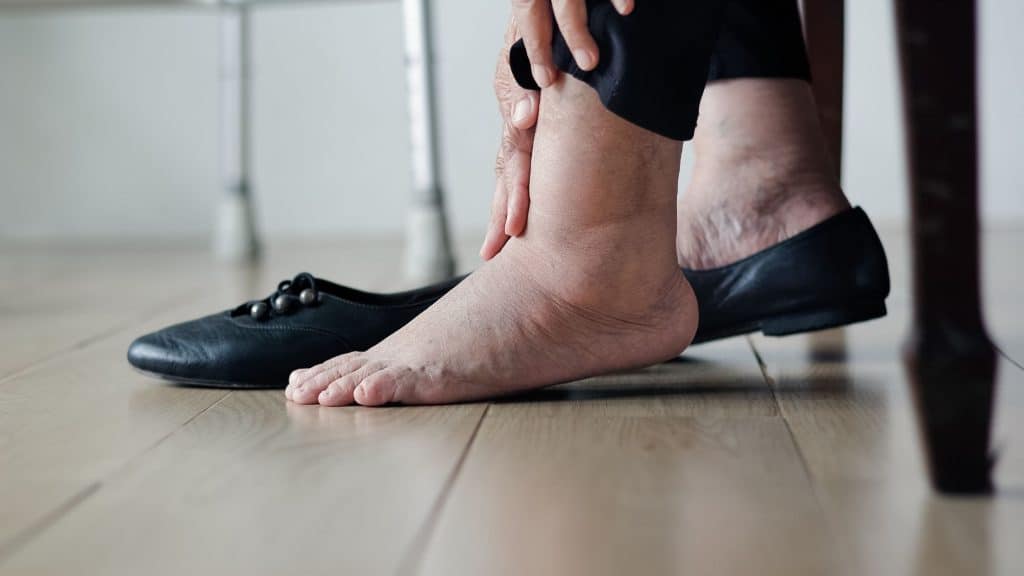
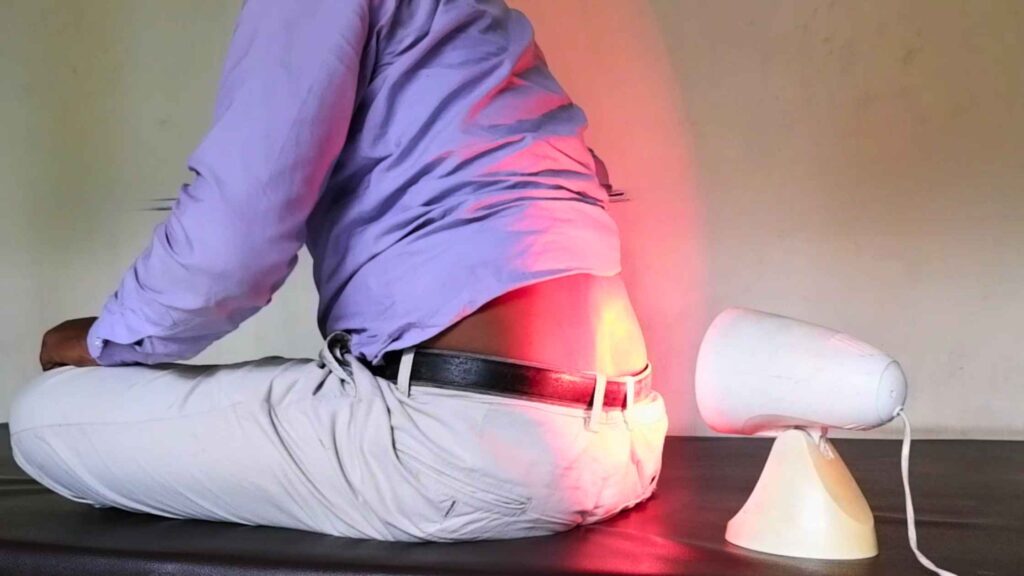
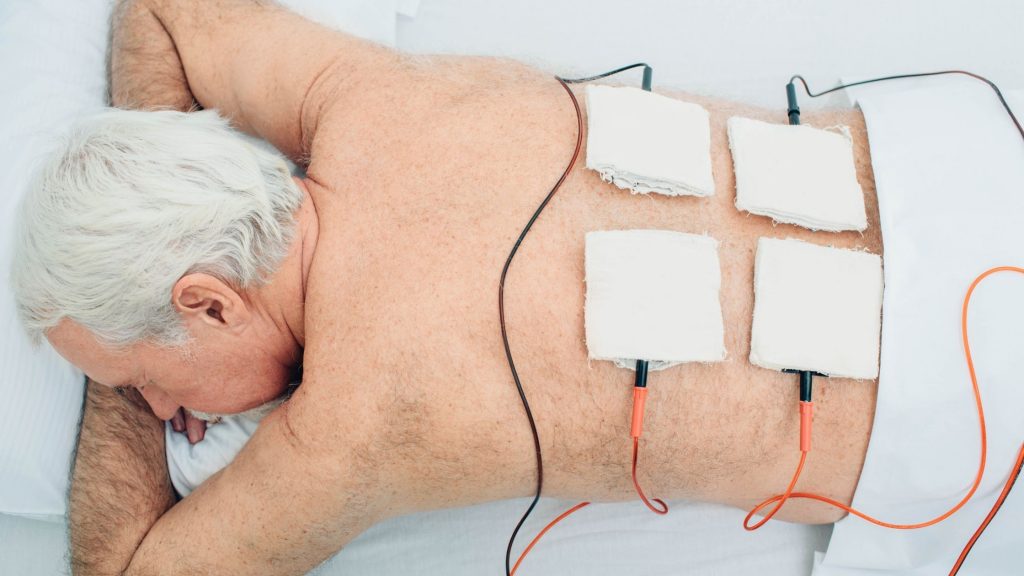
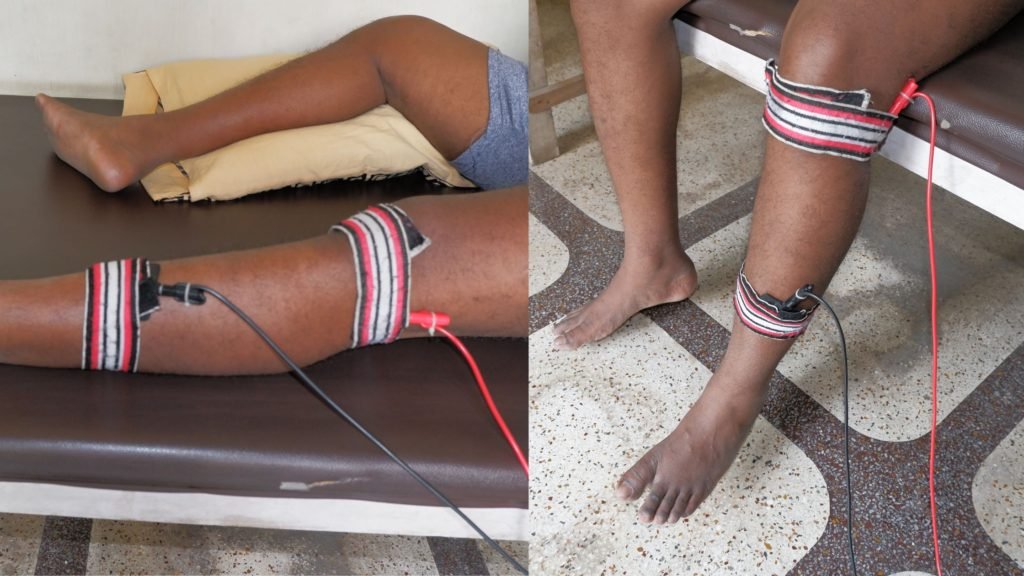
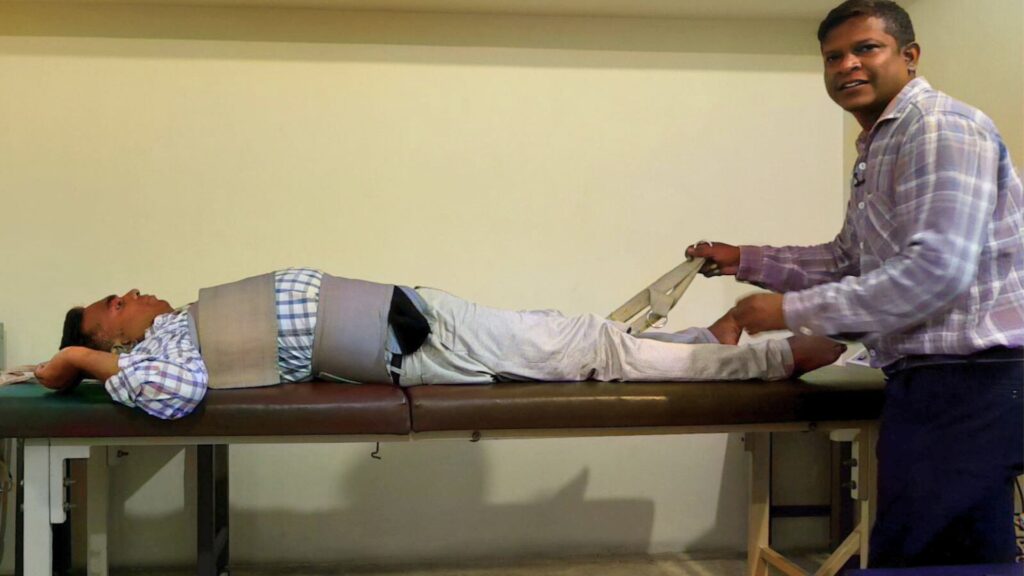
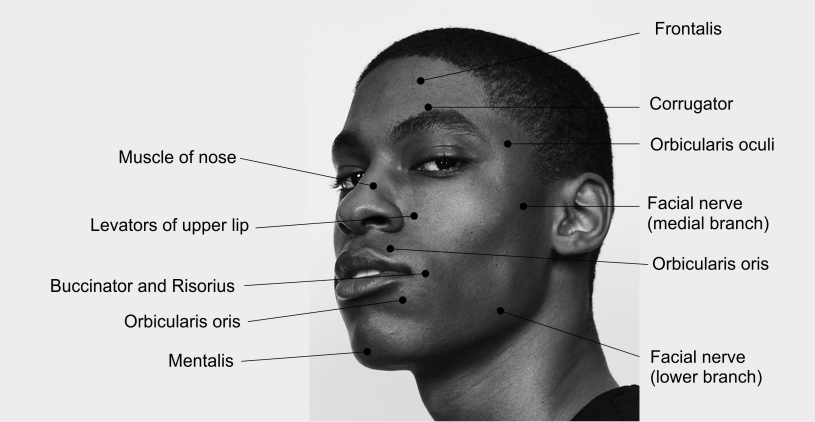
Pingback: IFT physiotherapy: Electrode placement, indication, contraindication - Physiosunit
Pingback: What's Infrared in Physiotherapy, How to Use, Indications - Physiosunit
Dear Sir,
I am a general supplier in Bangladesh. Please reply and contact me for Contract the items of Short wave Dia therapy Machine. Please sent to me price in urgent requirement. My Email No-tsenterprise77@gmail.com, My Contract No-+8801795818500, WhatsApp’s-+8801308988872. Website-www.sohalranabd.com
With best Regards
Mr. Md. Sohal Rana
Firm Name: M/S T.S Enterprise,
Address: 69/7, BH Builders,
Jesmeen Super Market, Balughat,
Pallabi, Dhaka Cantonment, Dhaka-1206,
Contract No-+8801795818500
Pingback: IFT physiotherapy: Electrode placement, indication, contraindication : Physiosunit
Pingback: What's Infrared Lamp in Physiotherapy, When & How to Use : Physiosunit
SWD machine
, including in the ear, behind the ear, in the canal, and completely in the hearing aids. Volume control, telecoil, clipping, Bluetooth, programmability, remote control, FM, etc are some of the features in the hearing aid devices. Contralateral routing of signals hearing aids, eyeglass aids, disposable hearing aids, and bone conduction hearing aids are some of the common types of hearing aids used for children having hearing loss.click here
while applying on back towel was not used in the given picture.
SWD is quite beneficial as for as joint pain is concerned.
Nice post, if there is any side effects occur by this treatment. The used valleylab force FX diathermy treatment is whether beneficial or not??
Placement of pads depends upon the size of the body part. For larger body part like lowe back, the placement of pads side by side (as shown on picture) is more effective. Though it can also be sandwiched if on pad is place below tummy and another one on the back.
And for me placing on back seems to be more effective.
My doctor sent me an in home unit to help with my back pain. I am to do the treatments twice a day for 90 days. I am confused how in one picture it says to sandwich the joint between the pads and another has both of them one someone's back.
Is placing them on the back effective?
Could You tell us how we can getting rid of back ache using Short Wave Diathermy (SWD)?
I mean the mechanism. Also i think this technique is not use in the following cases:
– High Body Temperature
– Blood Pressure disturbance
– Pregnant women
– Cancer
– Open wounds
Short wave diathermy is for professional use only. Better get it done by a qualified physiotherapist.
Short wave diathermy is for professional use only. Better get it done by a qualified physiotherapist.
Could You tell us how we can getting rid of back ache using Short Wave Diathermy (SWD)?
I mean the mechanism. Also i think this technique is not use in the following cases:
– High Body Temperature
– Blood Pressure disturbance
– Pregnant women
– Cancer
– Open wounds
Btw, you can read my tips in the field of body pain including: Back pain, Headaches, neck pain, hand pain and foot pain at http://bodypaintips.com/